Explanation
Odaesan National Park, home to the towering Birobong Peak at an altitude of 1,563 meters and five other significant peaks, is a treasure trove of natural beauty and cultural heritage. The park is renowned for its attractions including the Sangwonsa and Woljeongsa Temples. It also holds historical significance as the site of the Odaesansago National History Archives, where the Veritable Records of the Joseon Dynasty were once stored. The park's natural scenery is breathtaking, and its ecosystem is meticulously preserved, making it an ideal destination in any season. Visitors can explore various trails across Odaesan Mountain and participate in seasonal festivals.
Homepage
Information Use
Experience Guide : Not available
Contact and Information : +82-33-332-6417
Parking facilities : Available
Day off : Entry may be prohibited based on weather conditions.
Hours : Please refer to the official website.
More information
Natural Preservation Areas (closed to public)
Woljeongsa Temple Entrance area (excluding hiking trails; 1,000 ㎡): Until 2026
Jingogae Pass - Dongdaesan Mountain (excluding hiking trails; 30,000 ㎡): Until 2027
Jilmoineup Marsh (12,341 ㎡): Until 2027
Sohwangbyeongsanneup Marsh (2,300 ㎡): Until 2027
Jogaedongneup Marsh (7,760 ㎡): Until 2028
Eulsugol Upper section & Valley section: Until 2034
Dongdaesan area: Until 2034
Night-time Hike Restriction Notice
To protect the environment and ensure the safety of hikers, hiking is prohibited at night (from sunset until two hours before sunrise).
Areas Open to the Public
Sangwonsa Temple - Jeongmyeolbogung (2 km)
Sangwonsa Temple - Jungdae (1.3 km)
Sogeumgang River - Guryongpokpo Falls (2.5 km)
Woljeongsa Hoesa Street - Dongpigol Valley - Sangwonsa Temple (8.1 km)
Hiking Course
Durobong Peak Course (10 km / 4hr 40 min ~ 5 hr)
Dongdaesan Mountain Course (4.4 km / 2 hr 10 min ~ 2 hr 30 min)
Sangwangbong Peak Course (14 km / 5 hr 20 min ~ 6 hr)
Sogeumgang River Course (13.3 km / 7 hr ~ 8 hr)
Birobong Peak Course (7 km / 3 hr 10 min ~ 3 hr 30 min)
Seonjae-gil Course (10 km / 3 hr 30 min)
Gyebangsan Mountain Course 1 (8.9 km / 6 hr)
Gyebangsan Mountain Course 2 (8.9 km / 6 hr)
Mountain Not Access Period
Seasonal Forest Fire Watch by Park
Spring: February 15 - May 15 / Fall: November 1 - December 15
* TBD by park rangers based on weather advisories, snow/precipitation levels, and other local conditions. Visit the official website to check before visiting.
Restricted Mountain Areas
Refer to the official website
Restrooms
Available
Admission Fees
Free
Parking Fees
Light-weight car (under 1,000cc) 2,000 won
Mid-sized car / Small-sized car 4,000 won (Peak season 5,000 won)
Large-sized car 6,000 won (Peak season 7,500 won)
* Based on one day / one parking space
* Jingogae Parking Lot has no parking fees as the parking lot is a subsidiary facility of the service station.
Available Facilities
Campground, auto campground, visitor's center, etc.
Location
Odaesan-ro, Pyeongchang-gun, Gangwon-do
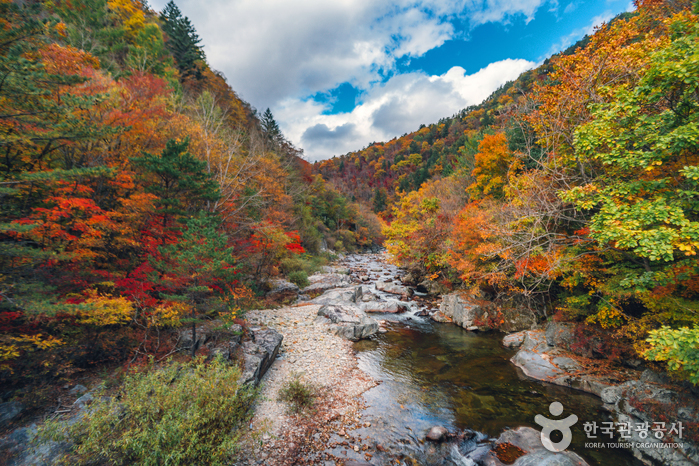
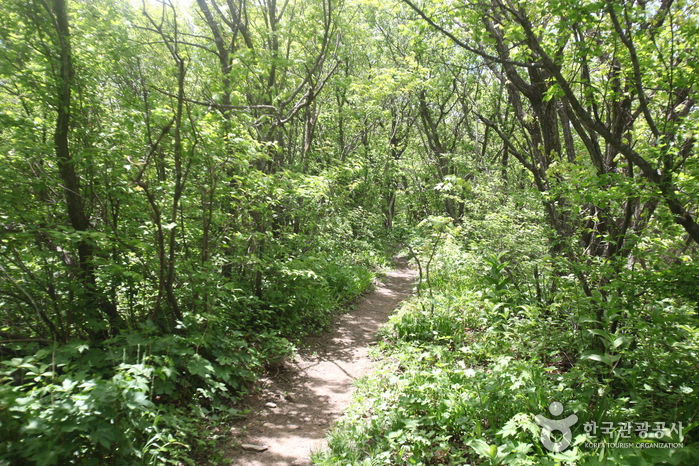
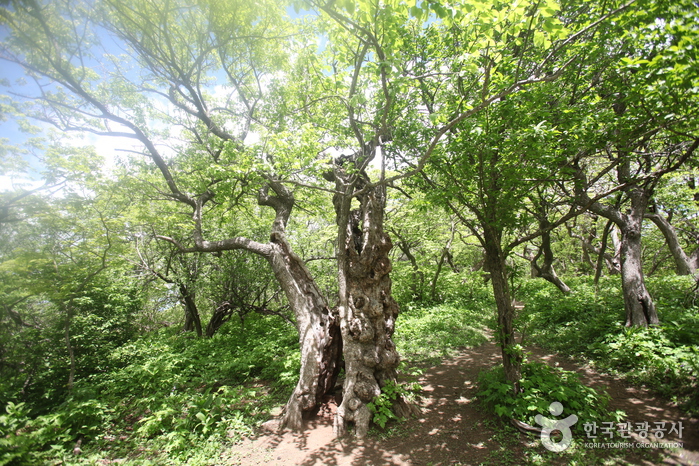
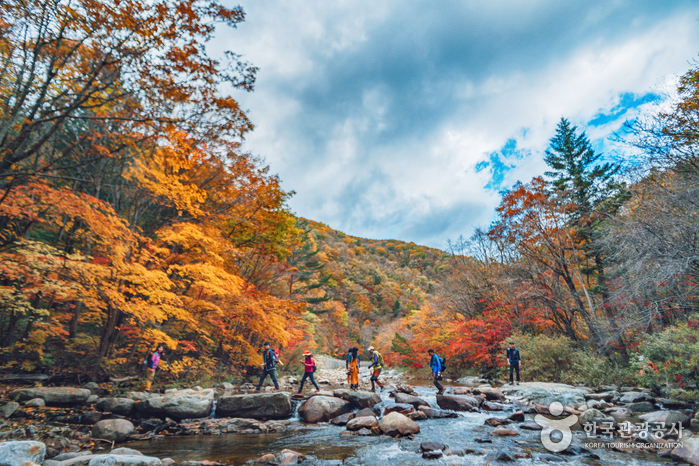

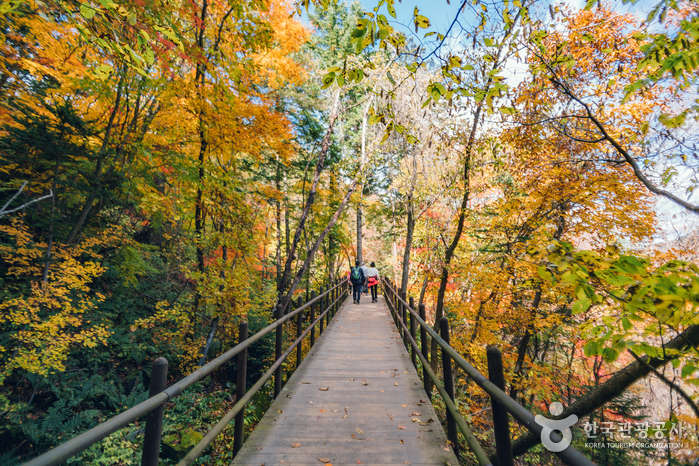
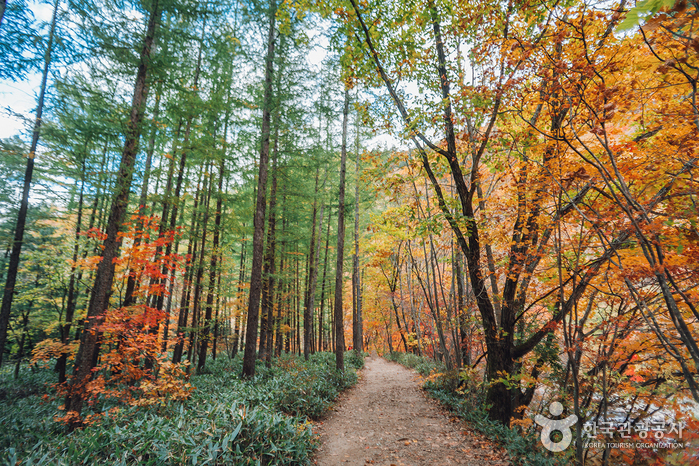
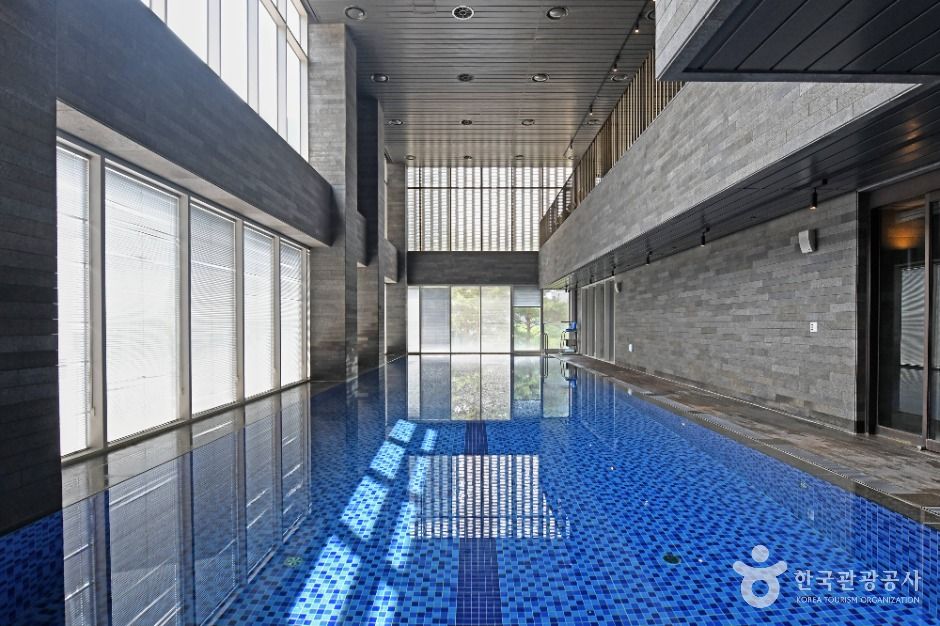
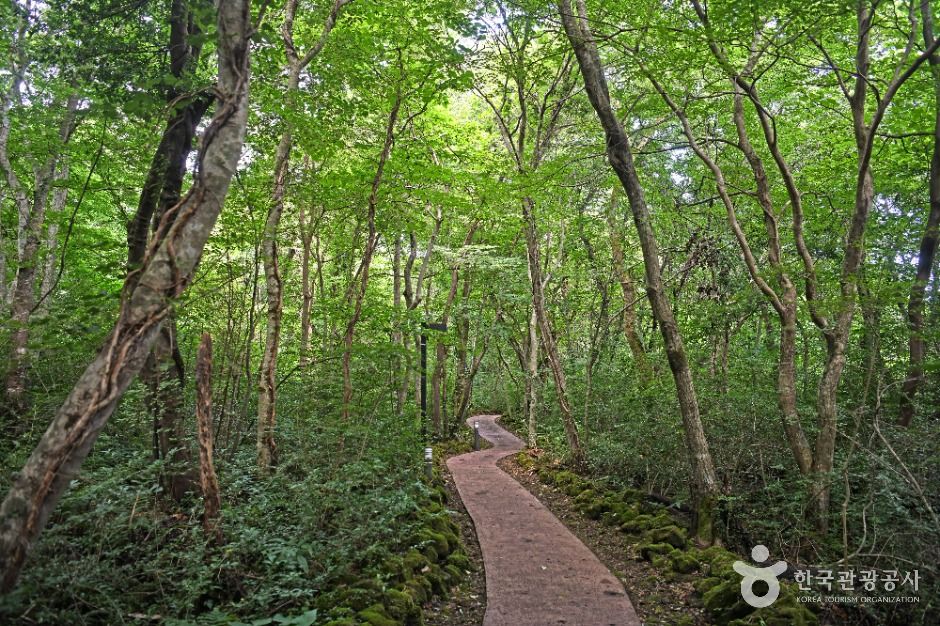
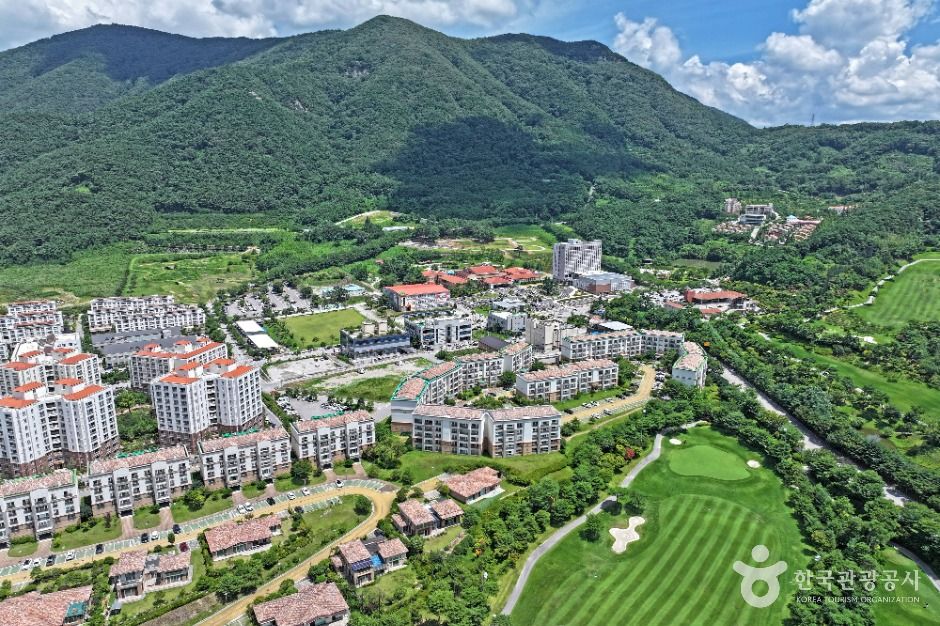
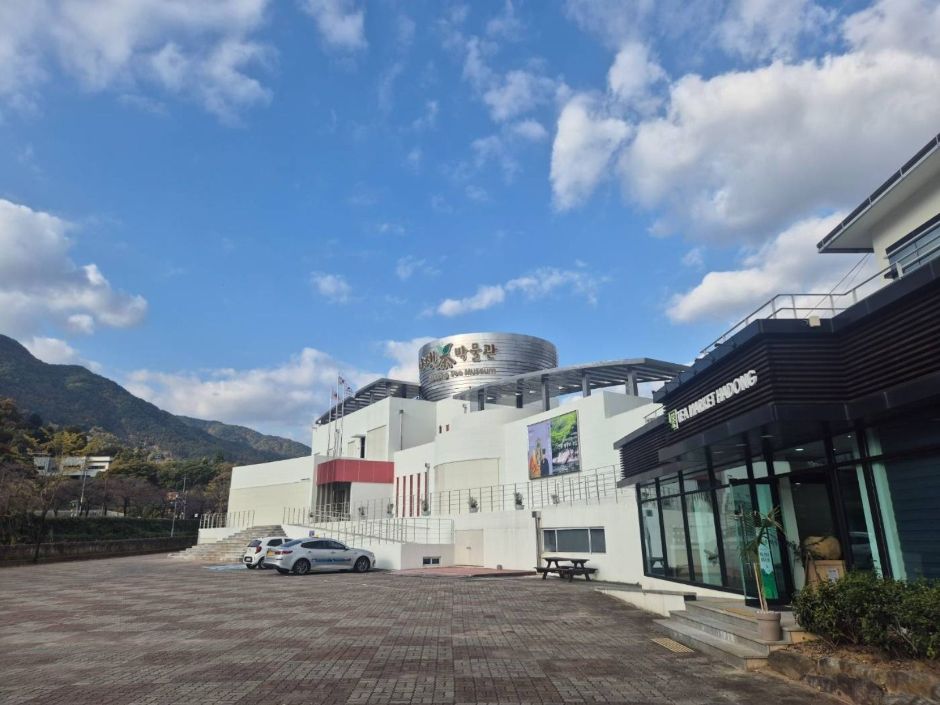
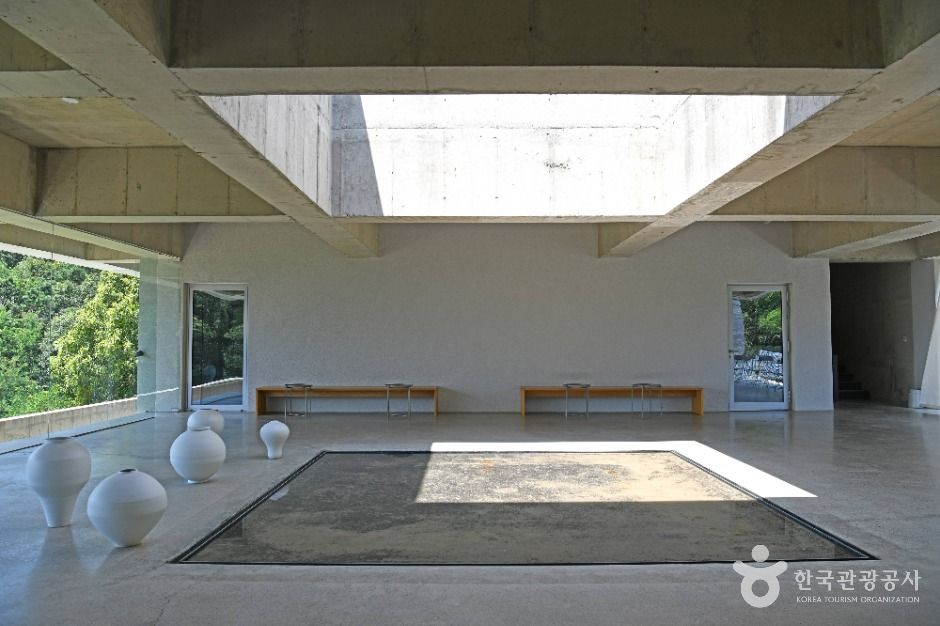
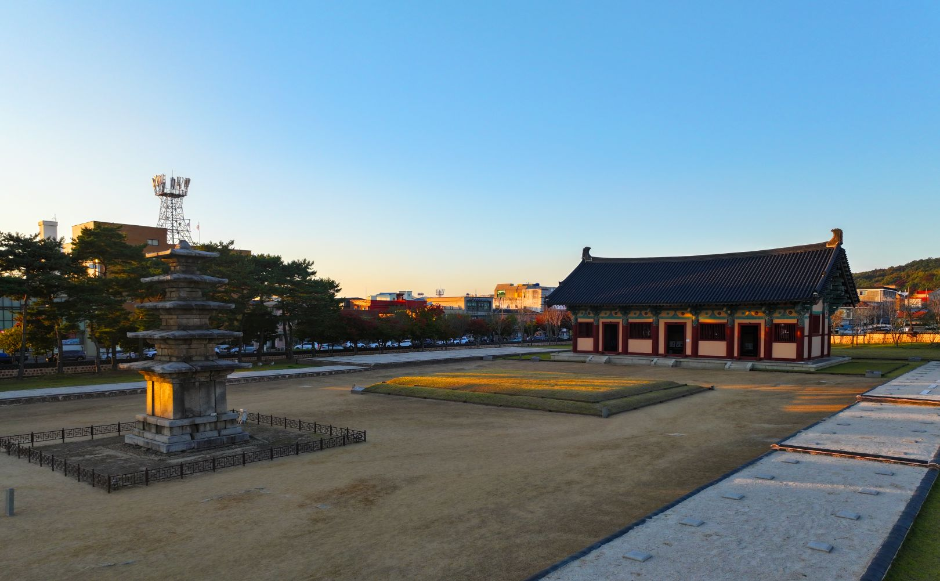
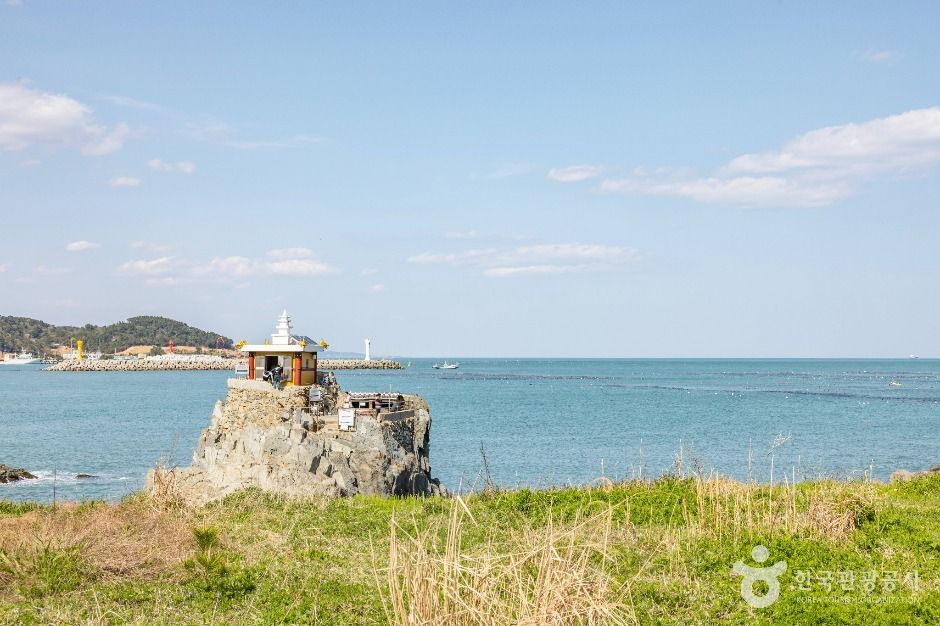

 English
English
 한국어
한국어 日本語
日本語 中文(简体)
中文(简体) Deutsch
Deutsch Français
Français Español
Español Русский
Русский